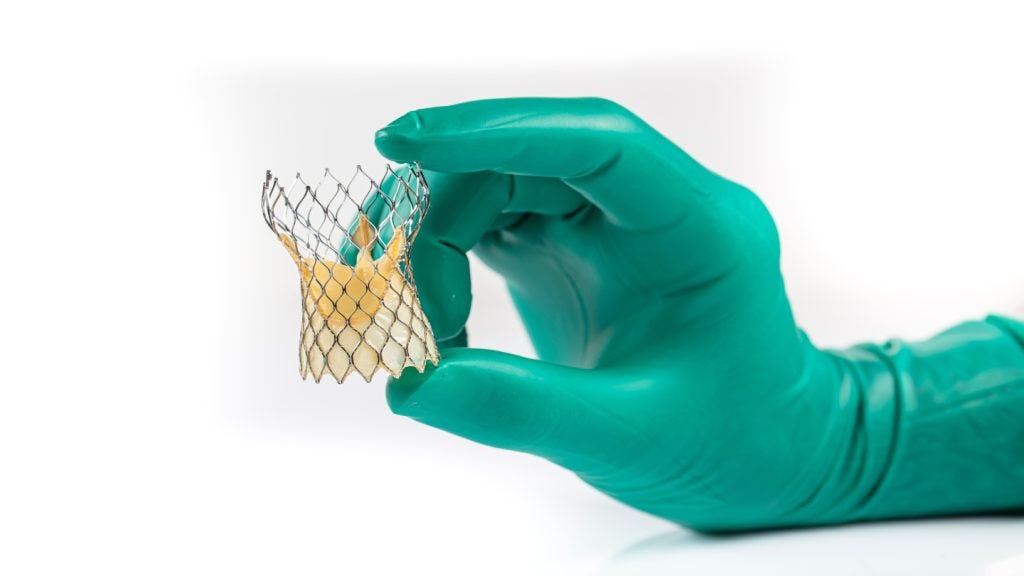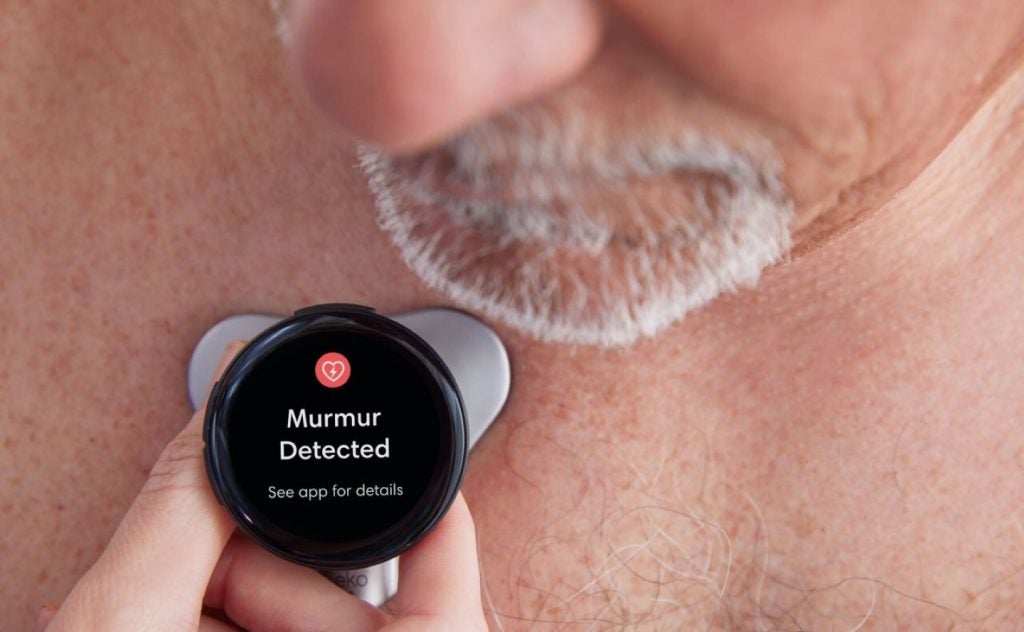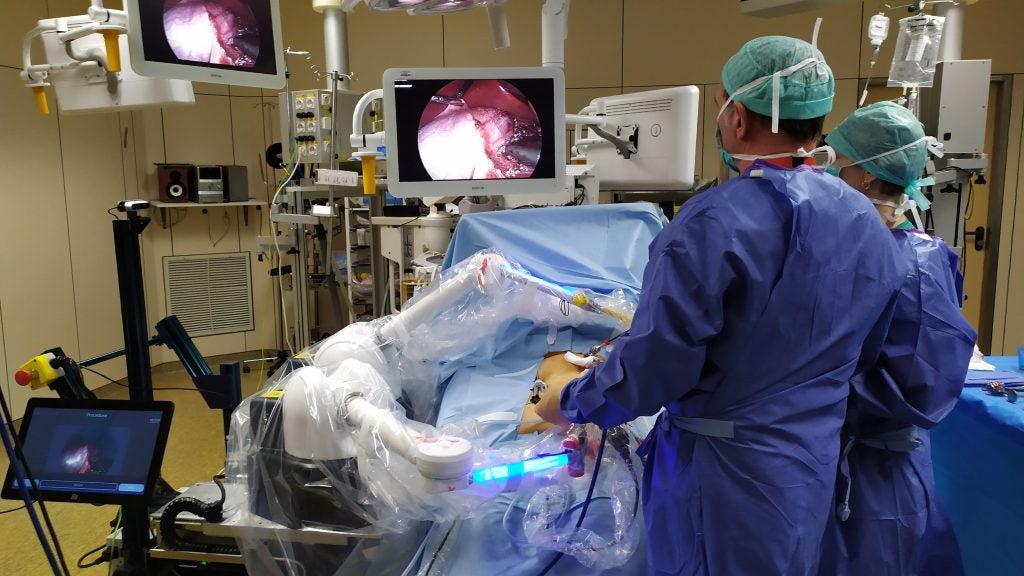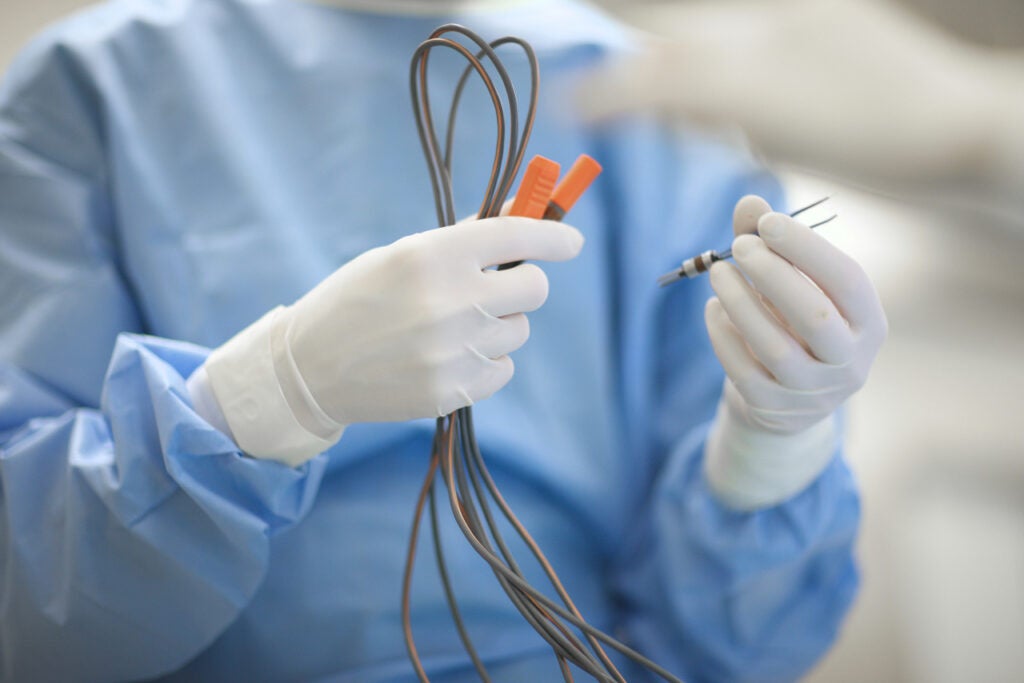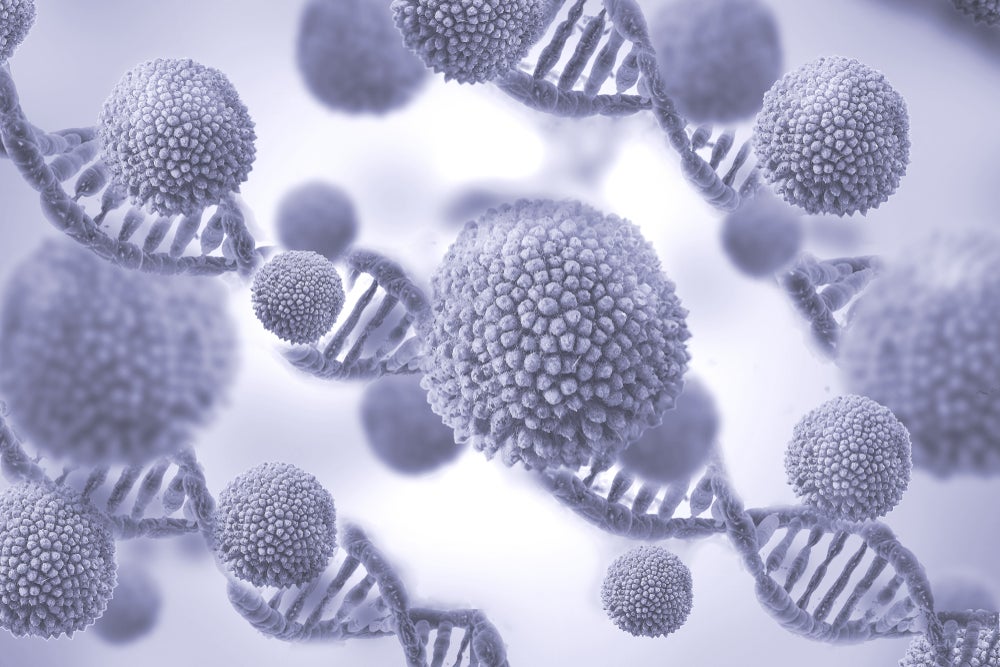Enspectra Health has secured breakthrough device designation (BDD) from the US Food and Drug Administration (FDA) for its AI-powered VIO Skin Platform.
The imaging platform is aimed at evaluating lesions indicative of basal cell carcinoma (BCC) and squamous cell carcinoma (SCC) in high-risk populations.
This designation could expedite the development and review process for the VIO technology, which integrates with VIO.ai non-melanoma skin cancer (NMSC), a computer-aided diagnosis and triage (CADx/CADt) software to assist clinicians in diagnosis and treatment decisions.
BCC and SCC, the most prevalent types of skin cancer, represent the majority of NMSC cases in the US.
While they typically have a lower mortality risk than melanoma, high-risk patients can experience significant disease progression, leading to increased morbidity and mortality.
Enspectra Health CEO and co-founder Gabriel Sanchez said: “Attaining breakthrough designation for our next-generation technology underscores the need for a non-invasive assessment option in non-melanoma skin cancer.
“We are honoured to work closely with the FDA to bring advanced AI/ML tools to dermatology for better patient care.”
The FDA's Breakthrough Devices Program is designed to fast-track the development and review of innovative medical technologies that offer enhanced diagnostic or treatment options for severe or life-altering diseases.
It is aimed at providing patients with timely access to medical devices that could offer effective treatment against existing treatments that are approved, by accelerating their development, assessment, as well as review.
Enspectra Health clinical adviser, board-certified dermatologist and Mohs surgeon Sarah Arron said: “When identified early, appropriate treatment can be delivered for non-melanoma skin cancer.
“Early intervention aids in the prevention of cancer recurrence and spread.”
In January 2024, the company’s VIO System received FDA 510(k) clearance. It utilises a combination of reflectance confocal and multiphoton laser scanning microscopy to generate real-time, multispectral images of the skin.
This technology has the potential to improve the effectiveness of skin cancer diagnosis and treatment, providing a significant benefit to patients with NMSC.





